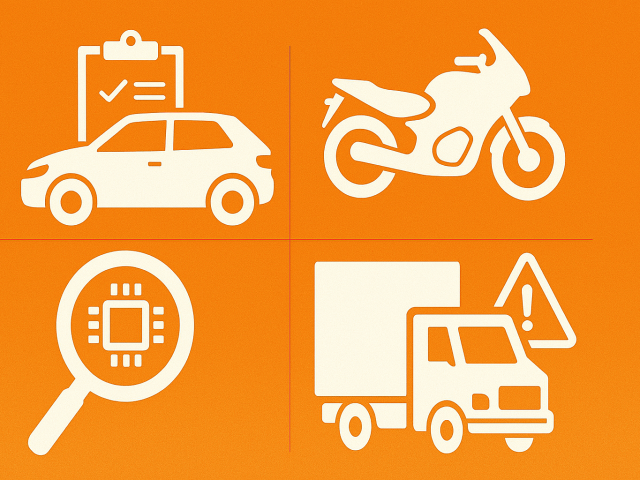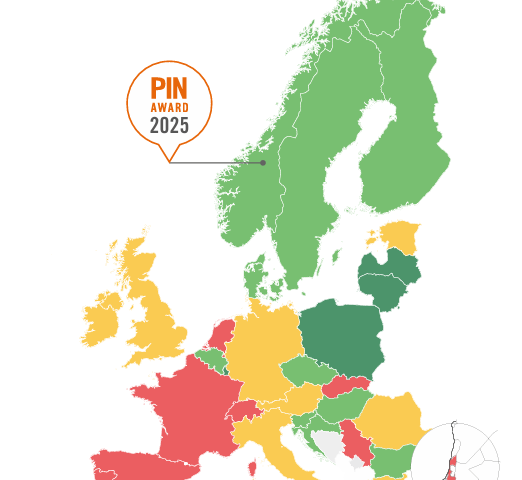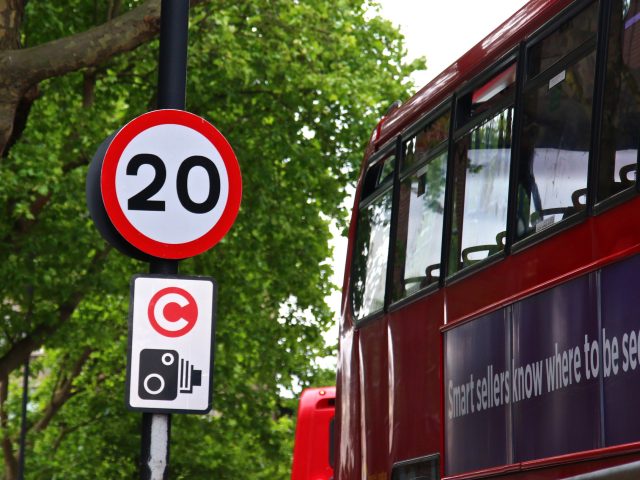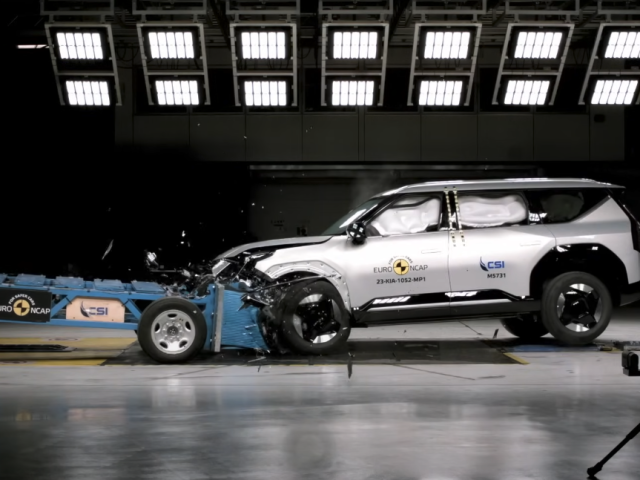Commission reveals country-by-country serious road injury rates
The European Commission’s latest road safety scorecard reveals, for the first time, estimated figures for rates of serious injury per million inhabitants broken down by country for 16 EU member states.
The data act as a further reminder of the scale of the problem, with rates of serious injury dwarfing the numbers killed. The data is based on MAIS3+, a common definition of a serious injury now being used for comparison across the EU.
EU transport commissioner Violeta Bulc told the European Parliament in December that she intends to set a target to reduce serious injuries in 2017. An overall figure of 135,000 seriously injured across the EU in 2014, was first revealed in March 2016.
The true figures are likely to be even higher in many countries, due to underreporting in cases where, for example, the police are not called to the scene, or hospitals do not record that an injury came as a result of a road collision.
In January, the UK government published estimated figures for all serious road injuries at around 60,000 per year (average 2011-15) based on travel survey data. Those numbers are almost three times higher than those shown in UK police data: 23,000 per year over the same period. While these figures are not directly comparable with EU statistics, because the UK police do not use the MAIS standard scale to assess serious injuries, it shows that underreporting could be a significant problem.
Concerns over underreporting, particularly of injured cyclists and motorcyclists, have also been raised recently in Finland.
Antonio Avenoso, ETSC executive director commented: “Death and injury on our roads imposes massive costs on our society and our health systems as well as on individuals and their families. But policymakers need to see the full picture in order to reprioritise spending. Preventing death and injury through better enforcement, appropriate infrastructure changes and safer vehicles will be a better investment than picking up the pieces after collisions.”







